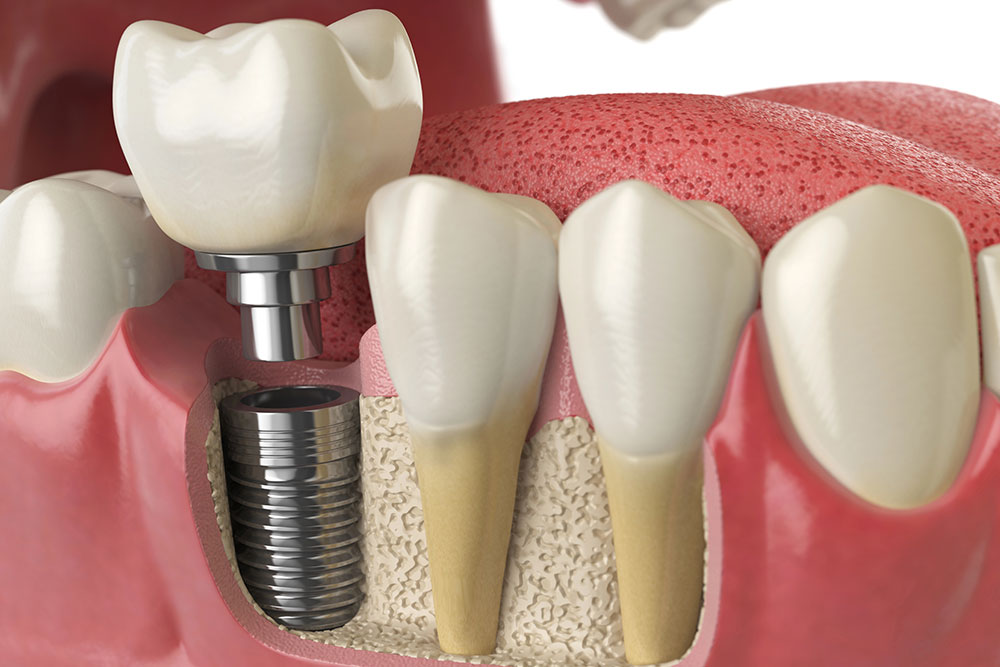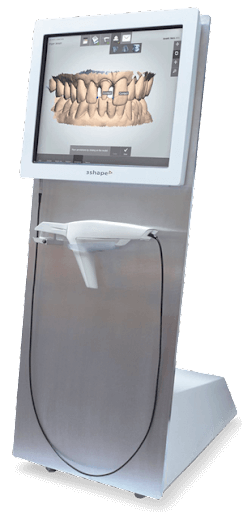Selecting the best cement for implant crowns helps in achieving the right balance. The right choice supports long-term function, protects tissue health, and allows future access if needed. Each type of cement, ranging from temporary to permanent, carries its own advantages and trade-offs.
Understanding how each type performs helps clinicians make informed choices that align with patient needs and treatment goals.
Balancing Retention and Retrievability

Every implant restoration involves finding the right point between two competing priorities: retention and retrievability. A permanent cement delivers stronger hold, but it also makes removal more difficult if complications arise. On the other hand, temporary cement allows easier crown retrieval but may risk dislodgment under chewing forces.
When retrievability is a key concern, many clinicians start with a provisional cement. This approach allows them to monitor fit, comfort, and occlusion before committing to a more retentive material. If the crown loosens over time, the clinician can then shift to a stronger cement for better stability.
Factors That Influence Cement Choice
The choice of cement depends on more than personal preference. Factors such as abutment height, taper, and available surface area directly affect how much retention is needed. A shorter or more tapered abutment may require stronger cement to maintain stability.
The fit between the abutment and the crown also matters. A well-designed restoration with minimal spacing improves mechanical retention, reducing the need for overly adhesive cement. Working closely with a reliable dental lab helps achieve a consistent fit that supports both strength and retrievability.
Common Types of Cement Used
Provisional cements are widely used for retrievable crowns. They hold securely but can be removed without damaging the abutment or crown. They are ideal for cases that may need future adjustments or inspection of the abutment screw.
Resin-modified glass ionomer cements are a popular option in both clinical and educational settings. They offer good strength, translucency, and ease of use. These cements are less likely to wash out over time compared to traditional temporary options.
Resin-based permanent cements are chosen for cases where long-term retention and esthetics are the priority. They form a strong bond and are available in shades that blend well with surrounding structures. However, they can make crown removal challenging and may require more attention to cement cleanup.
Avoiding Complications with Cement Cleanup
Excess cement around the abutment margin can lead to peri-implant inflammation and bone loss. This often occurs when cement is left beneath the gum line. Using radiopaque cements helps detect excess during post-placement radiographs.
Clinicians should also maintain proper working protocols: dry the abutment surface, apply minimal cement, and clean immediately after seating. Clear communication with the lab regarding abutment design and margin depth helps limit these risks during fabrication.
Esthetic Considerations in Cement Selection
The esthetic zone demands special attention. Translucent or light-colored cements can prevent unwanted shadows under thin gingival tissue. For restorations supported by dental implants in visible areas, this detail can influence overall patient satisfaction.
In some cases, a screw-retained design might be preferable to avoid subgingival cement altogether, especially when working near delicate tissue zones.
Working with a Dependable Lab Partner
At times, combining precision and flexibility in restorative work may call for hybrid dentures or implant-supported restorations. The success of these treatments depends on consistent collaboration between the dentist and the lab to select compatible materials and cements.
Partner with Next Dental Lab to Achieve Reliable Implant Results
Here at Next Dental Lab, we understand the importance of precision and reliability when restoring implants. Our team fabricates restorations designed for optimal fit, function, and long-term performance.
With every case, we aim to build lasting trust through accuracy, transparency, and dependable craftsmanship.

